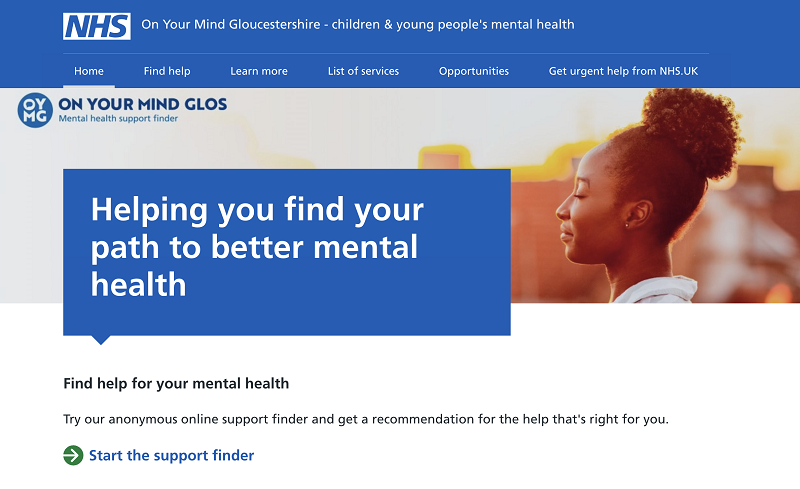Firstly, we’ll begin by explaining what we mean when we say open source.
Open source refers to technology that can be modified and shared because its design is publicly accessible.
Now let’s think about open source and health.
Opening up digital products that multiple NHS trusts can use has potentially-huge efficiency benefits for services across the UK.
It’s a great approach for risk-averse trusts as open-source digital tools have already been invested in, tried and tested, and proven to work safely.
It’s a great approach for risk-averse trusts as open-source digital tools have already been invested in, tried and tested, and proven to work safely
As regional organisations across both health and care face similar challenges and opportunities, an open-source approach offers the chance to pool resources and funding to build the same thing once and then share it; rather than solving a shared problem many times – region by region.
Sounds simple doesn’t it? And it really is just that.
So why is there such a seemingly-slow and low adoption rate?
Resources already out there
The good news is that the NHS and the Government have put in the work around open source and there are lots of resources and tools already out there.
The NHS Data Strategy includes two commitments on making code that we produce open and reusable.
And the Future of Healthcare policy supports the need for interoperability and openness around standards, culture, technology, and code.
The NHS Service Standard design guidance also helps team build and run services that improve health outcomes.
And it helps us improve experiences of health and care and the efficiency of the health service.
Through open source, we are helping to build a future without the fragmented technology and platforms we still see all too often
In addition, we have now also got the Open Source Digital Playbook which shares advice and case studies for those embracing open source within the NHS.
All these resources are great stepping stones and really shine a light on the next step in this journey – but how do we spread awareness and help drive adoption and re-use open source.
Is the solution already built?
We know that in any large organisation, and particularly the NHS, priorities are set at the top and cascaded down. Within that, all trusts will have similar challenges that often cross over.
And each will undoubtedly have their own solution to those challenges.
Often trusts are already focused on current challenges and might not be aware that a relevant solution may already exist.
By continuing to work with organisations like the AHSN Network and FutureNHS, who are driving innovation, technology providers can show, discuss, and promote their open-source projects.
And this is how we can help transform the health service.
On Your Mind Glos aims to get the right support at the right time to young people with mental health problems and has so far reached more than 10,000 people
Let’s get loud about the benefits
It doesn't end there, though. We all need to get louder when it comes to shouting about the benefits.
Through open source, we are helping to build a future without the fragmented technology and platforms we still see all too often.
A project that highlights the potential of open source is NHS Gloucestershire’s digital support finder.
On Your Mind Glos aimed to get young people to the right support at the right time and improve their experience of accessing mental health support.
The dedicated website guides users through a series of questions to understand how they are feeling and what support they might need. They are then signposted to the most-relevant service for their needs and given useful information about mental health along the way.
Together we can build an eco system of home-grown NHS and care technology that can be shared safely and freely built on without the dreaded vendor lock-in
It launched in schools alongside a programme of mental health awareness and has so far reached around 10,000 young people.
While it was developed for young people, other departments within NHS Gloucestershire and outside the organisation have shown interest in the tool.
And, as the existing model has been tried, tested, and proven safe to use, it could be adapted for different users, such as vulnerable adults in need of mental health support.
The future of collaboration
Building a culture of working in the open will build essential collaborative relationships across hospitals and trusts. But we’ve still got to spread the message of the benefits of open source and how it works, from the top down.
When a digital product is funded with public money, it should be available for the whole NHS to reuse and adapt.
Together we can build an eco system of home-grown NHS and care technology that can be shared safely and freely built on without the dreaded vendor lock-in.
